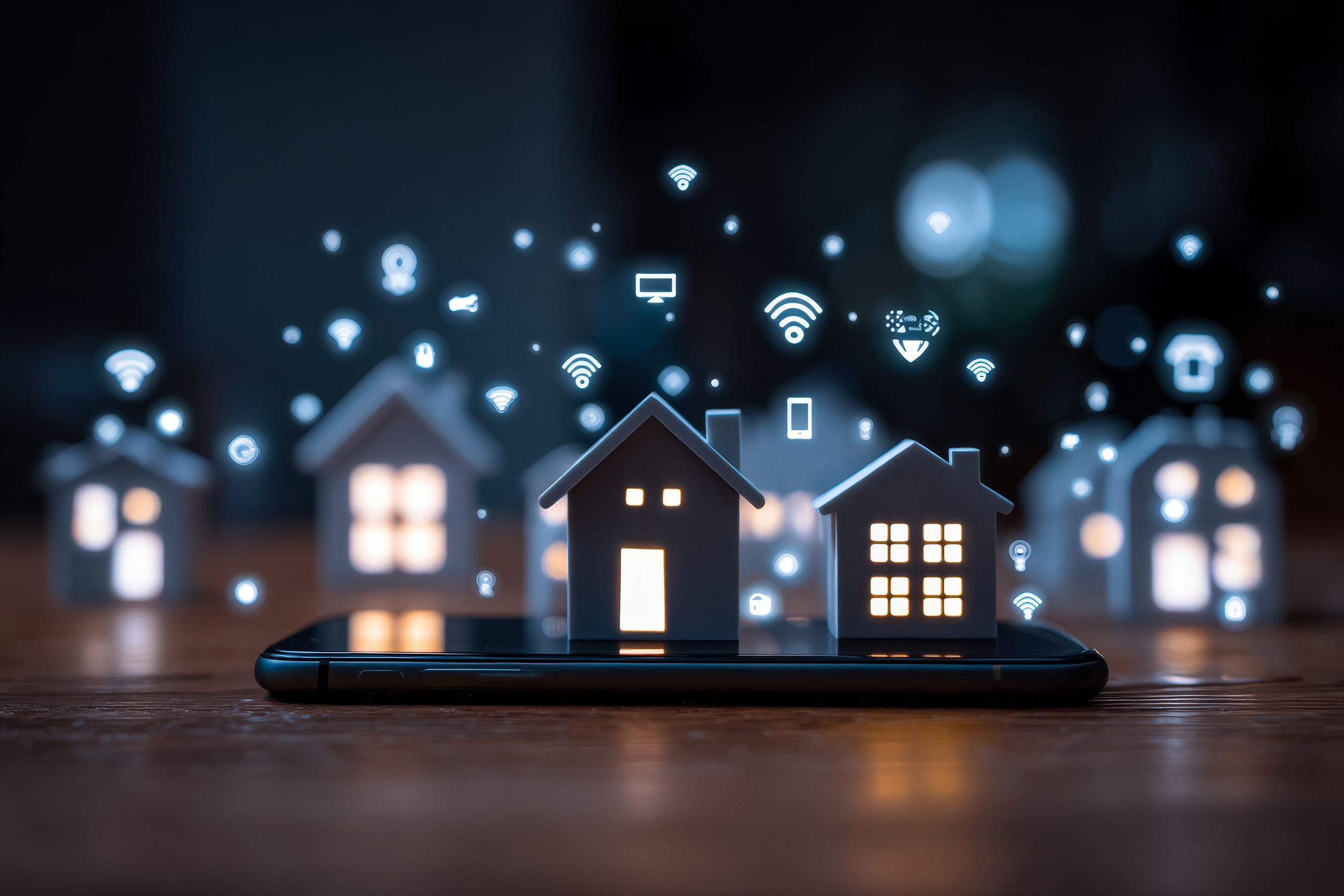Key Takeaways
- Many smart home devices collect personal data, often without users’ awareness.
- Common risks include unauthorized access to recordings and misuse of behavioral data.
- Awareness and research are essential before adopting new smart home technology.
Privacy Risks of Smart Home Devices
Smart homes offer convenience and luxury but can compromise personal privacy. Devices such as smart speakers, video doorbells, and smart TVs are not only functional but also intrusive, often collecting data without users’ knowledge.
Smart speakers like the Amazon Echo and Google Nest continuously listen for wake words, unintentionally recording background conversations, and potentially sending snippets to the cloud for analysis. Similarly, video doorbells, marketed as security tools, record not only the front door but also nearby activities, raising ethical concerns about privacy violations.
Modern smart TVs come equipped with automatic content recognition software, logging viewing habits and selling this information to advertisers. Smart thermostats, while beneficial for energy efficiency, learn user routines that can be exploited if hacked.
Baby monitors designed for remote monitoring have been hacked in numerous instances, leading to serious breaches of privacy. Moreover, smart appliances track user behavior, collecting data that manufacturers can analyze and sell, often under vague consent agreements.
Smart locks log entries and exits, presenting risks if accessed unlawfully. AI-powered security systems, while appearing safe, store substantial amounts of personal data, including images, fostering privacy concerns particularly linked to facial recognition usage.
Voice-controlled devices and smart plugs continuously transmit user data, revealing daily habits to marketers and potential cybercriminals.
Before integrating new technology into homes, users should assess which privacy costs they are willing to accept. With data collection blurring the lines between convenience and surveillance, informed choices are crucial for safeguarding personal information in a smart home ecosystem.
The content above is a summary. For more details, see the source article.















